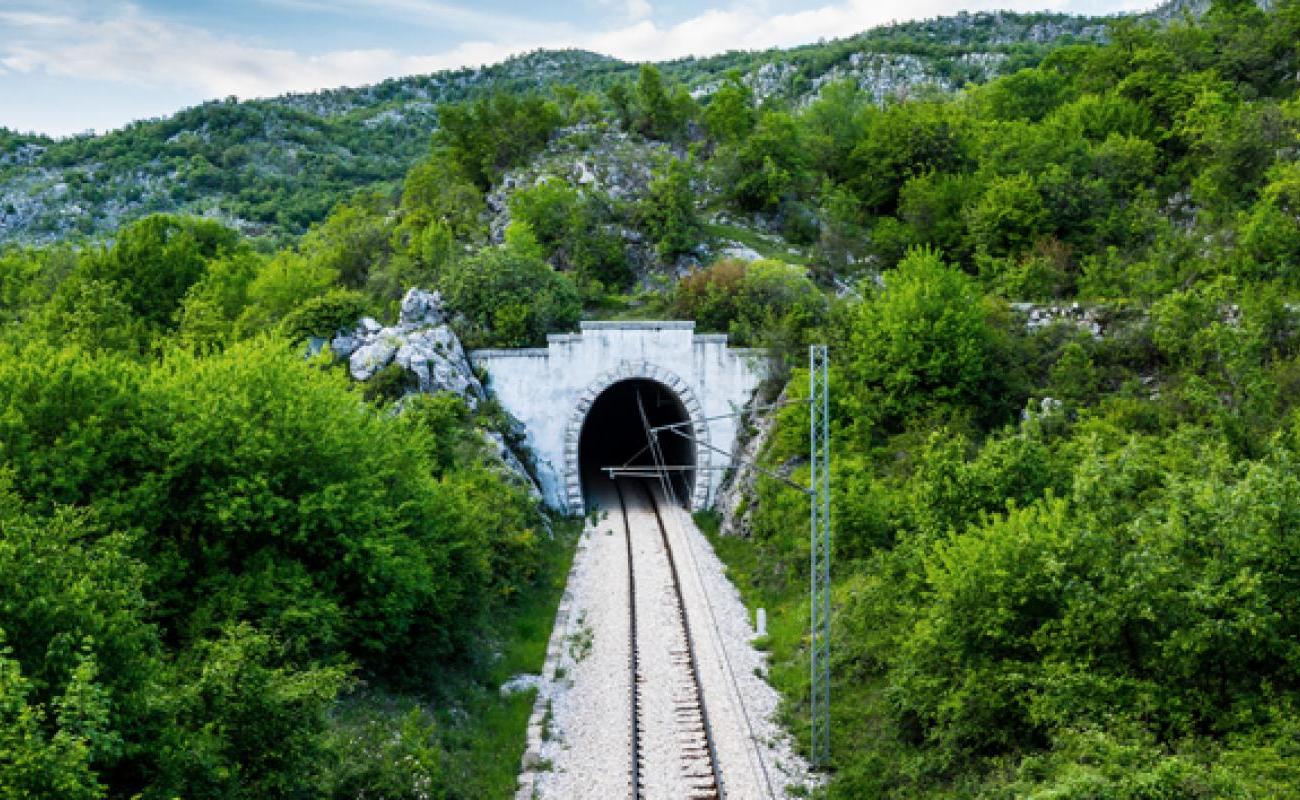EBRD supports upgrade to Montenegro’s rail infrastructure

- EBRD loan to finance purchase of railway-maintenance equipment and machinery
- Investment to help improve safety and efficiency of Montenegro’s rail transport
- EBRD investment in Western Balkans rail sector to reach €1 billion in 2022
The European Bank for Reconstruction and Development (EBRD) is supporting Montenegro’s efforts to modernise its rail network, by providing financing for the purchase of modern railway-maintenance equipment.
The Bank is extending a loan of €11 million to Željeznička Infrastruktura Crne Gore, a state-owned company in charge of railway infrastructure. The company will use the proceeds to invest in much-needed equipment for the maintenance of infrastructure, replacing obsolete and energy-inefficient machinery that has been in use for more than 50 years. The new equipment will help improve the safety and reliability of Montenegro’s railways while reducing the maintenance and operational costs of the railway company.
In addition, the EBRD will support the company in improving its corporate governance and in developing partnerships with vocational training schools in order to attract more young workers to the railway sector.
Remon Zakaria, Head of the EBRD in Montenegro, said: “Rebuilding rail links and making rail transport safer and more efficient is one of our priorities in the country, as well as in the wider Western Balkans region. The EBRD has been supporting Montenegro’s efforts to reform and invest in its rail sector and we are pleased to bring our cooperation to this important project.”
Marina Bošković, Executive Director of Željeznička Infrastruktura Crne Gore, expressed satisfaction that the company had signed the loan agreement with the EBRD, allowing the firm to procure modern machinery for railway maintenance after several decades of delay.
“The railway infrastructure of Montenegro will be supplied with modern track maintenance machines by 2025,” commented Bošković. “This will raise the quality of infrastructure maintenance and, at the same time, bring the work of the Željeznička Infrastruktura Crne Gore to a higher level. All this will also contribute to the improvement and overall development of the economy in Montenegro.”
The country’s main railway line is 167 km long, linking the port of Bar on the Adriatic coast with the Serbian capital, Belgrade, and passing through Podgorica, Montenegro’s capital city. In addition, Podgorica is connected with a 57 km rail link to Nikšić and a 25 km link to the Albanian border.
The EBRD has been supporting Montenegro in reforming its rail sector and upgrading its infrastructure and has extended €40 million in loans for the rail sector to date.
Since 2006, the EBRD has invested more than €711 million in Montenegro, where it focuses primarily on enhancing the competitiveness of the private sector, deepening Montenegro’s transition to a green economy and supporting further connectivity and regional integration.
